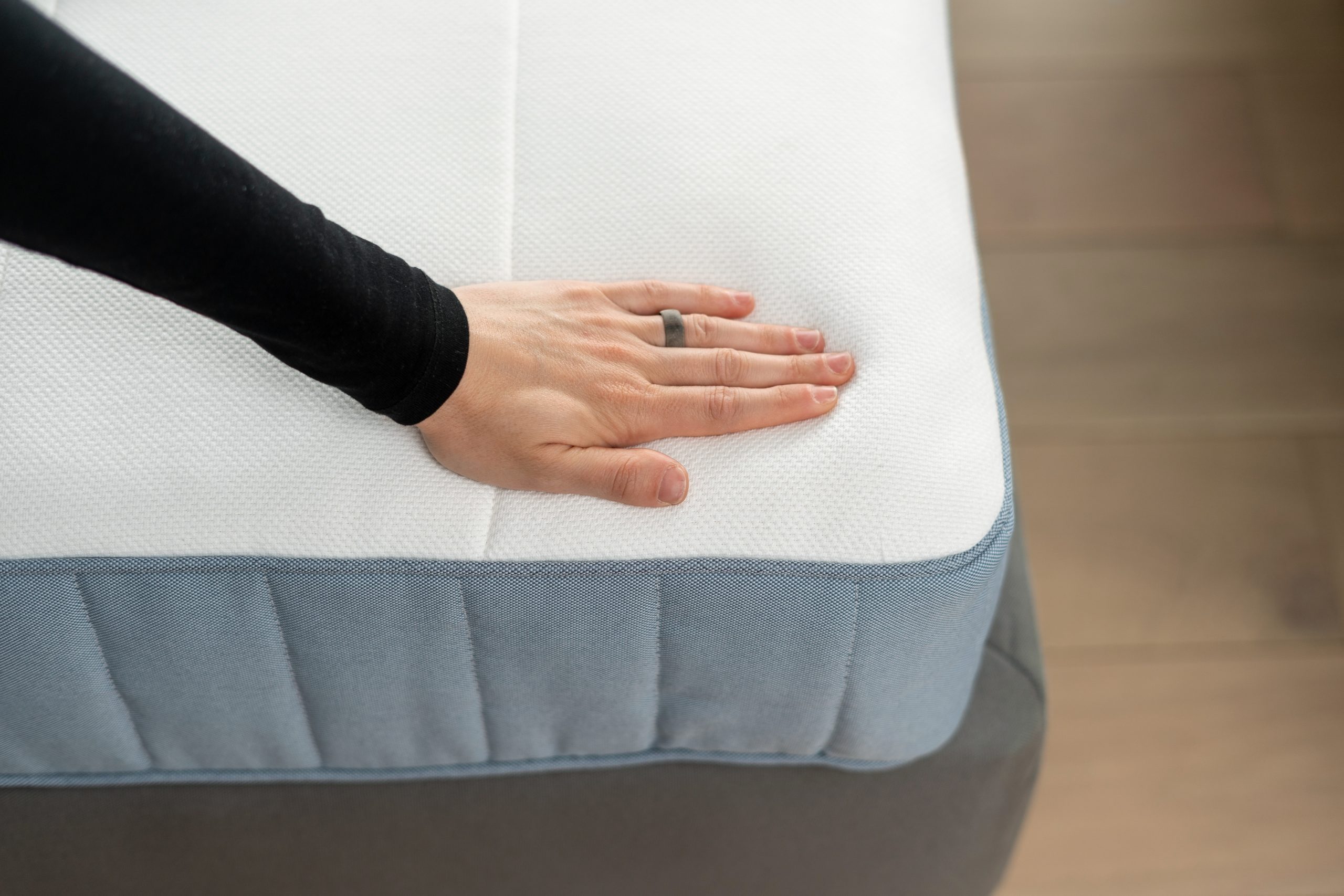When it comes to selecting the perfect mattress for a child, parents often find themselves embroiled in a sea of choices. Among those choices, memory foam has garnered significant attention in recent years, sparking curiosity about when it’s suitable for children to utilize a memory foam mattress. This inquiry is not merely about comfort; it delves deeper into the realm of health, safety, and developmental needs.
Memory foam, introduced by NASA in the 1960s, is renowned for its ability to contour to the body, providing unparalleled support and comfort. Initial fascination with memory foam centered around its unique properties—its viscoelastic nature allows it to respond dynamically to pressure and temperature, granting it the ability to cradle the body. While adults may bask in the significance of this technology, it becomes crucial for parents to examine at what age their children can similarly benefit from this innovative sleep solution.
Before we delve into ages and recommendations, it’s important to understand that children’s sleeping needs differ significantly from those of adults. An elusive yet critical factor in determining when a child may start sleeping on memory foam is their growth stage. Infants and toddlers have distinct developmental milestones and are not merely miniature humans. Their bodies and cranial structures are still forming, necessitating special consideration when transitioning them to a new sleeping surface.
Experts typically recommend that infants sleep on a firm mattress designed to reduce the risk of Sudden Infant Death Syndrome (SIDS). A firmer mattress maintains essential airflow and supports the infant’s undeveloped musculoskeletal system. It is prudent, therefore, to avoid soft materials and memory foam for young infants. Once a child transitions into toddlerhood—usually around 2 years of age—parents can begin exploring options more extensively.
At the age of three, children start exhibiting characteristics that may render them more adaptable to the gentle embrace of memory foam. It’s a time when their bodies are significantly more developed and they have better control over their movements while asleep. Moreover, comfort becomes increasingly important as children begin to express their preferences for sleep environments. Many children at this stage may enjoy sinking into the plush feel of memory foam, which could promote a more restful night’s sleep.
Nevertheless, one should also consider the density and quality of the memory foam. Not all memory foam mattresses are created equal. Some may be crafted from synthetic materials that could release volatile organic compounds (VOCs), potentially triggering allergies or respiratory issues, particularly in young children. Opting for certified eco-friendly products can alleviate these concerns, ensuring a safe sleeping environment for children.
In addition to health considerations, parental observation plays a pivotal role when determining readiness for memory foam. Children often revitalize their energy during sleep, and any disruptions caused by an unsuitable mattress can negatively impact their growth and behavior. If a child frequently wakes up complaining of discomfort or restlessness, it could very well be time to reevaluate their mattress choice, possibly even transitioning them to a memory foam setup.
As children approach school age, around five to seven years, they are generally more physically resilient and actively involved in daily activities. The supportive and temperature-regulating characteristics of memory foam can significantly benefit this group, especially when considering the lengthy hours they spend asleep for optimal growth and learning. Comfort, therefore, can markedly impact a child’s mood, focus, and overall happiness.
Additionally, transitioning to a memory foam mattress can alleviate common sleep ailments such as growing pains or backaches that children might experience. Increased support helps maintain proper spinal alignment—imperative for their developing bodies. It is advisable, however, when making this transition to monitor the child’s reactions and comfort levels closely, ensuring that they adapt without issue.
While advocates of memory foam tout its virtues, there are countless factors to consider. Parents should ponder questions beyond mere age. Beyond readiness, they should assess the child’s weight, sleeping position, and any unique health requirements they may have. A child with a heavier build may have different needs than a lighter one, and providers of memory foam mattresses often offer guidance tailored to this aspect.
On the other end of the scale, when considering if a child sleeps on a memory foam mattress much beyond the age of ten, it can be prudent to delve into how their sleeping habits might evolve through adolescence. As a child grows into a teenager, their sleep requirements broaden, often necessitating enhanced support. The pressure-relieving properties of memory foam remain beneficial, catering to body changes and the corresponding increased sleep needs during these years.
Ultimately, one cannot dismiss the importance of individual variability in this decision-making process. Parents should remain vigilant, engaging in dialogues with their children about their sleep comfort and preferences while conducting diligent research on suitable products. The evolution of both children’s needs and mattress technology suggests that a well-informed decision can create the ideal sleeping sanctuary for every growing child.
In conclusion, transitioning a child to a memory foam mattress is a journey rather than a decisive event linked solely to age. Instead, it draws upon a rich tapestry of personal experience, medical advice, and individual observation that reflects the multifaceted nature of children’s sleep. By approaching this decision thoughtfully, parents can foster an environment conducive to safe, restful, and restorative sleep.
